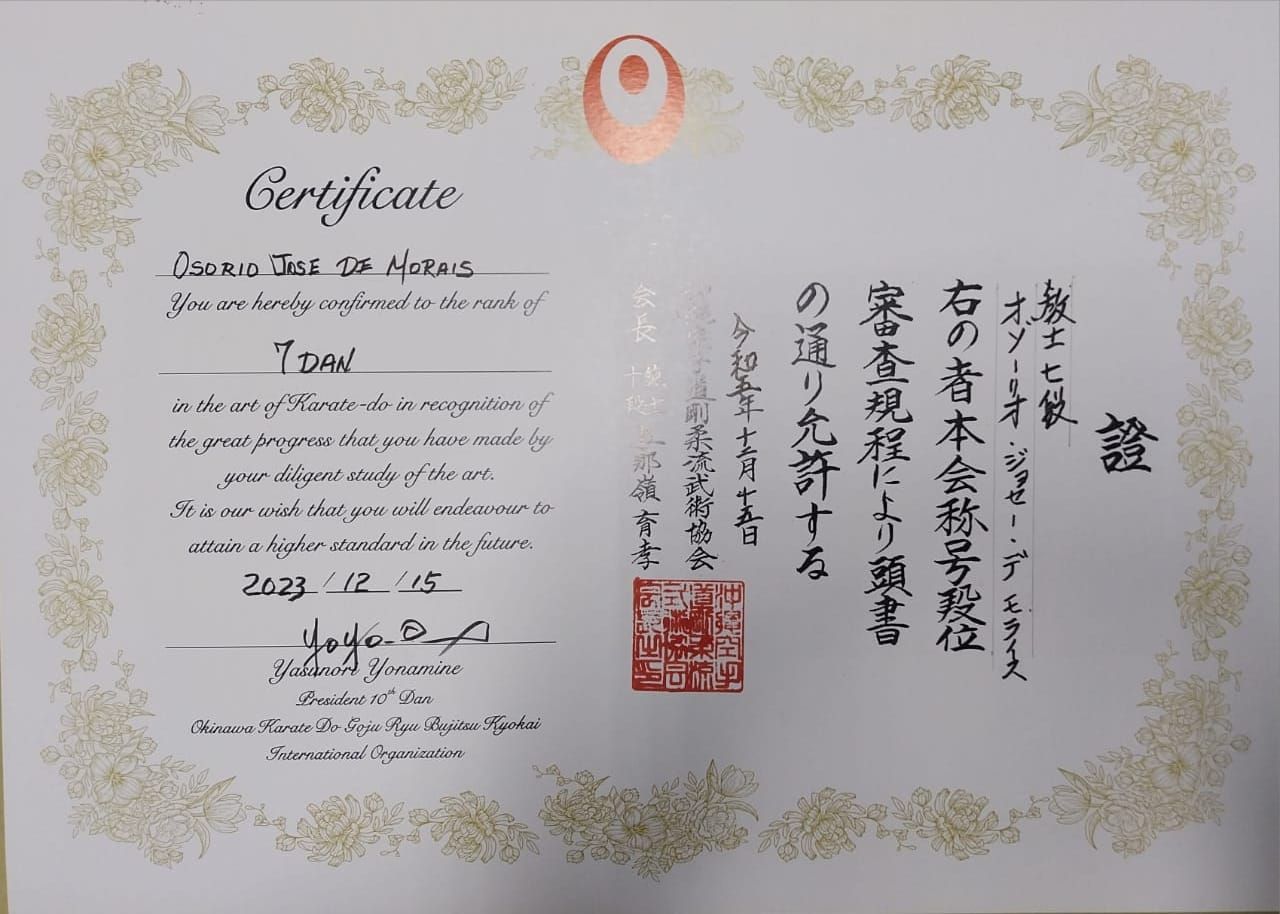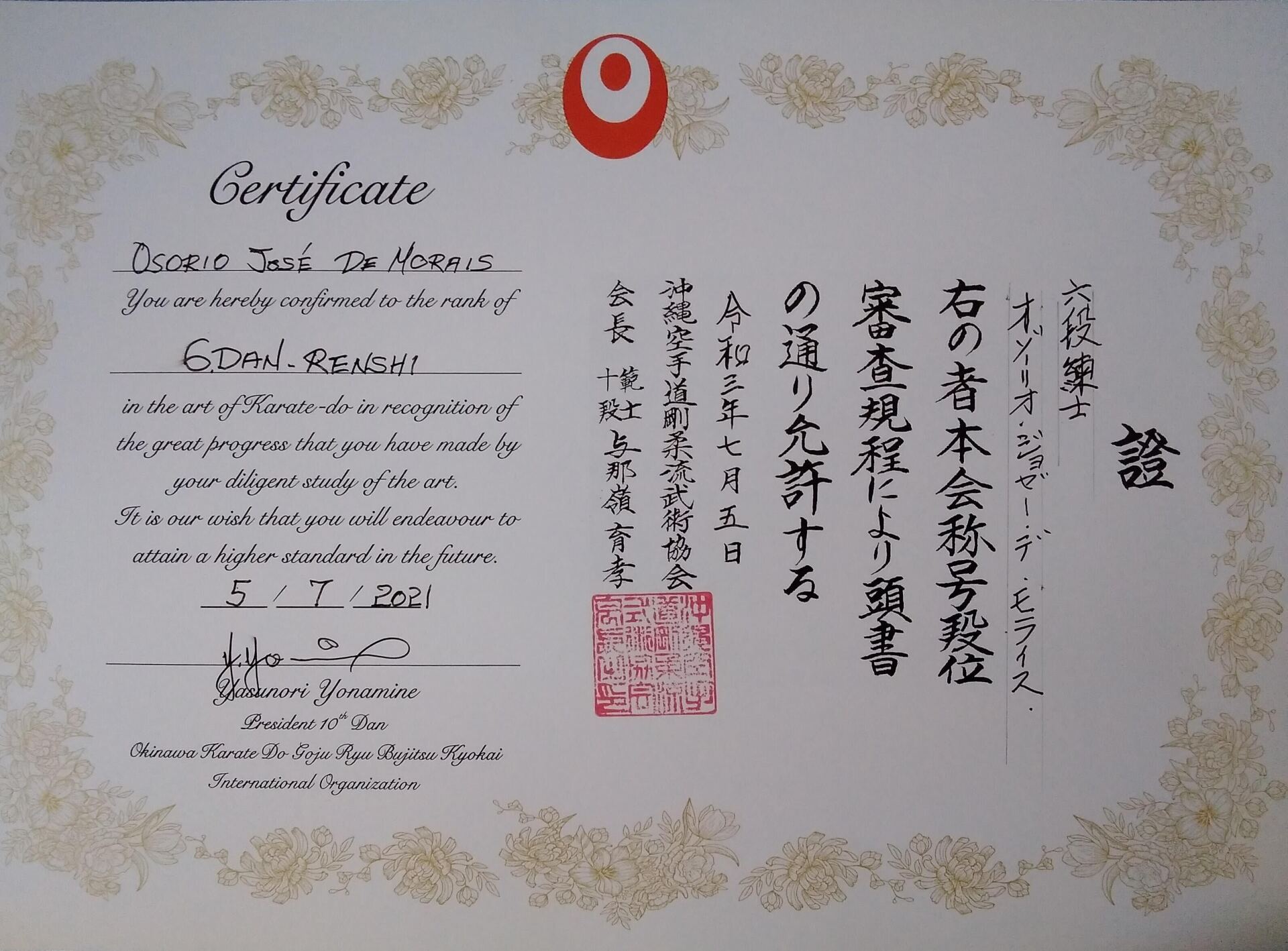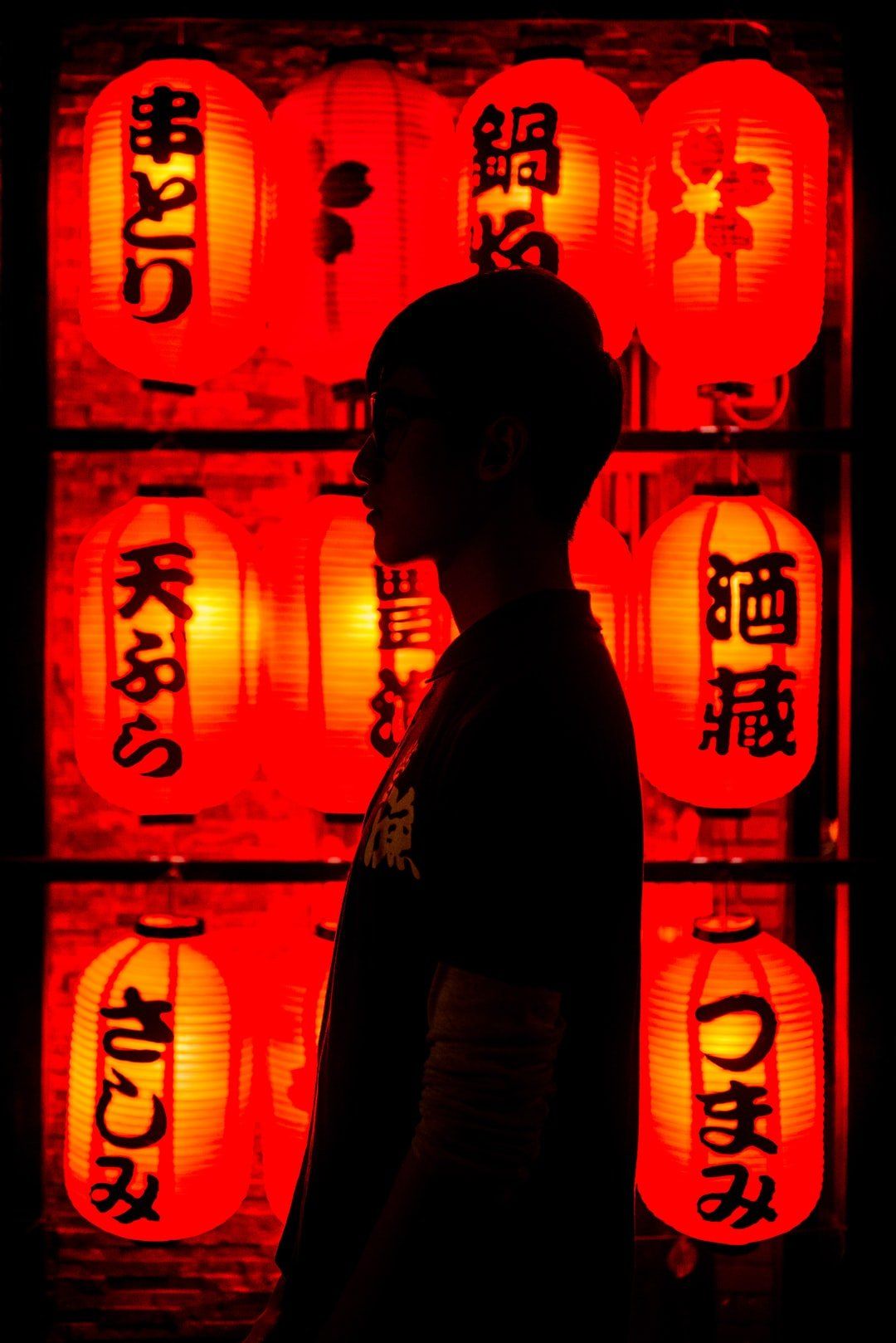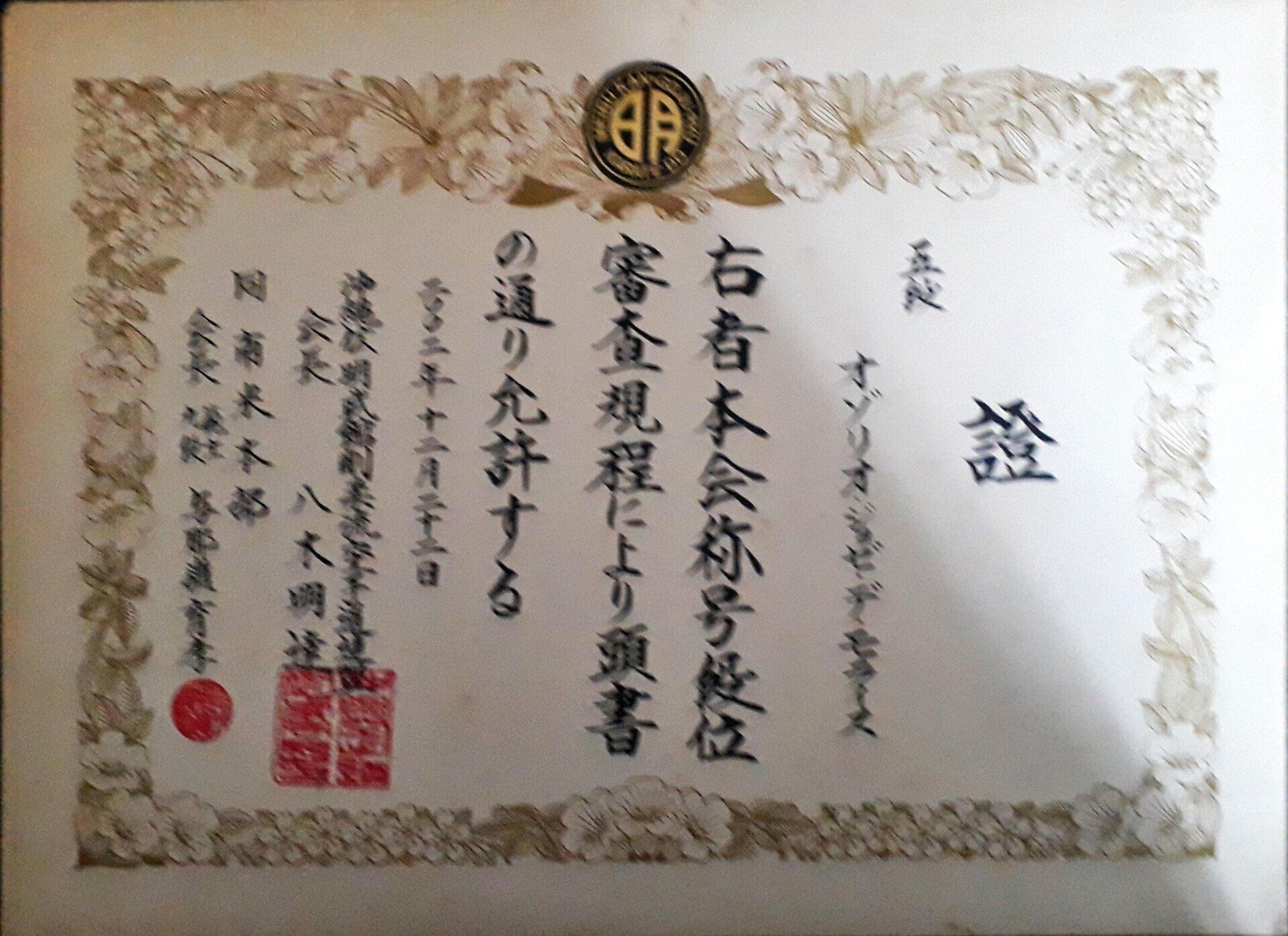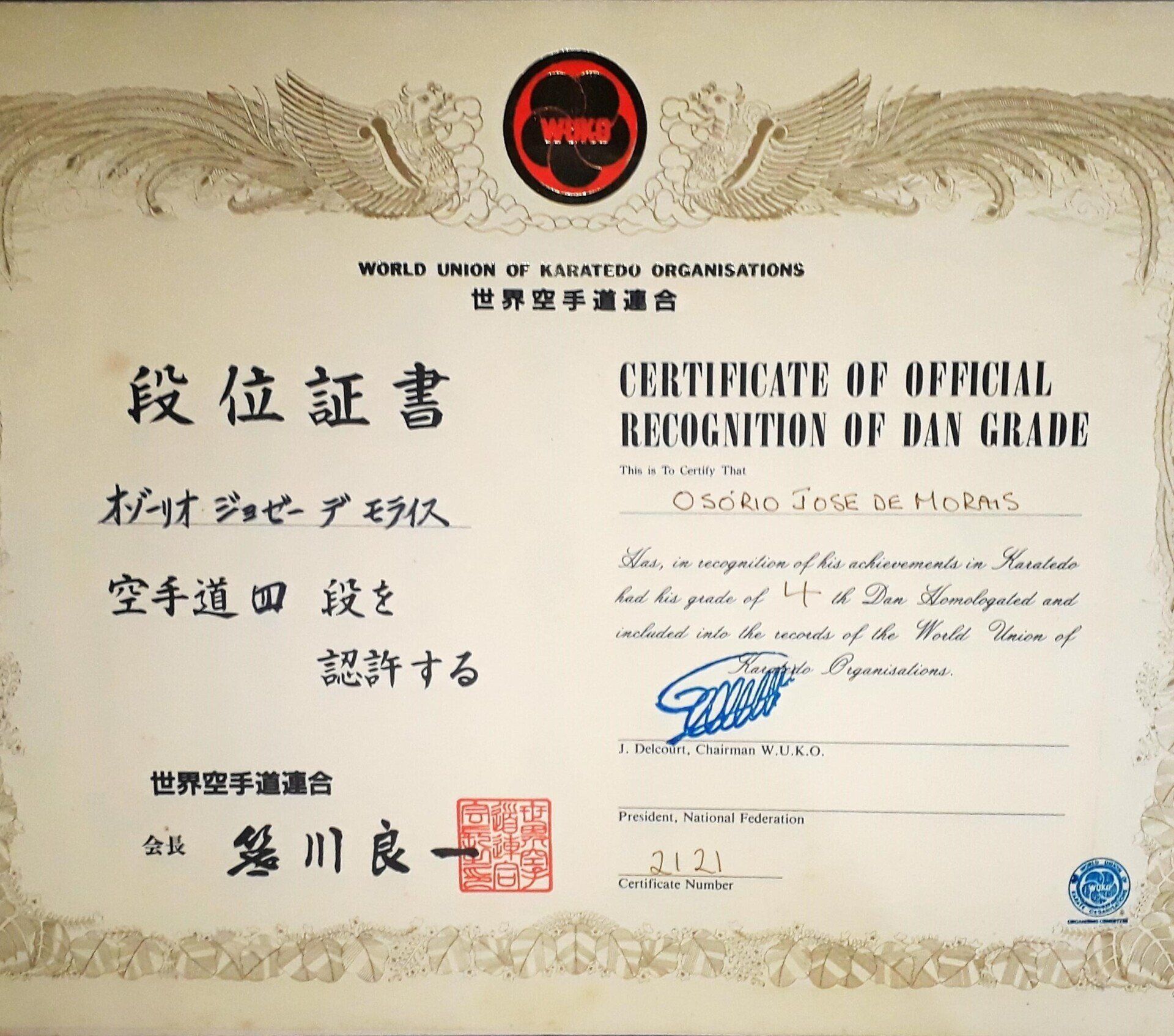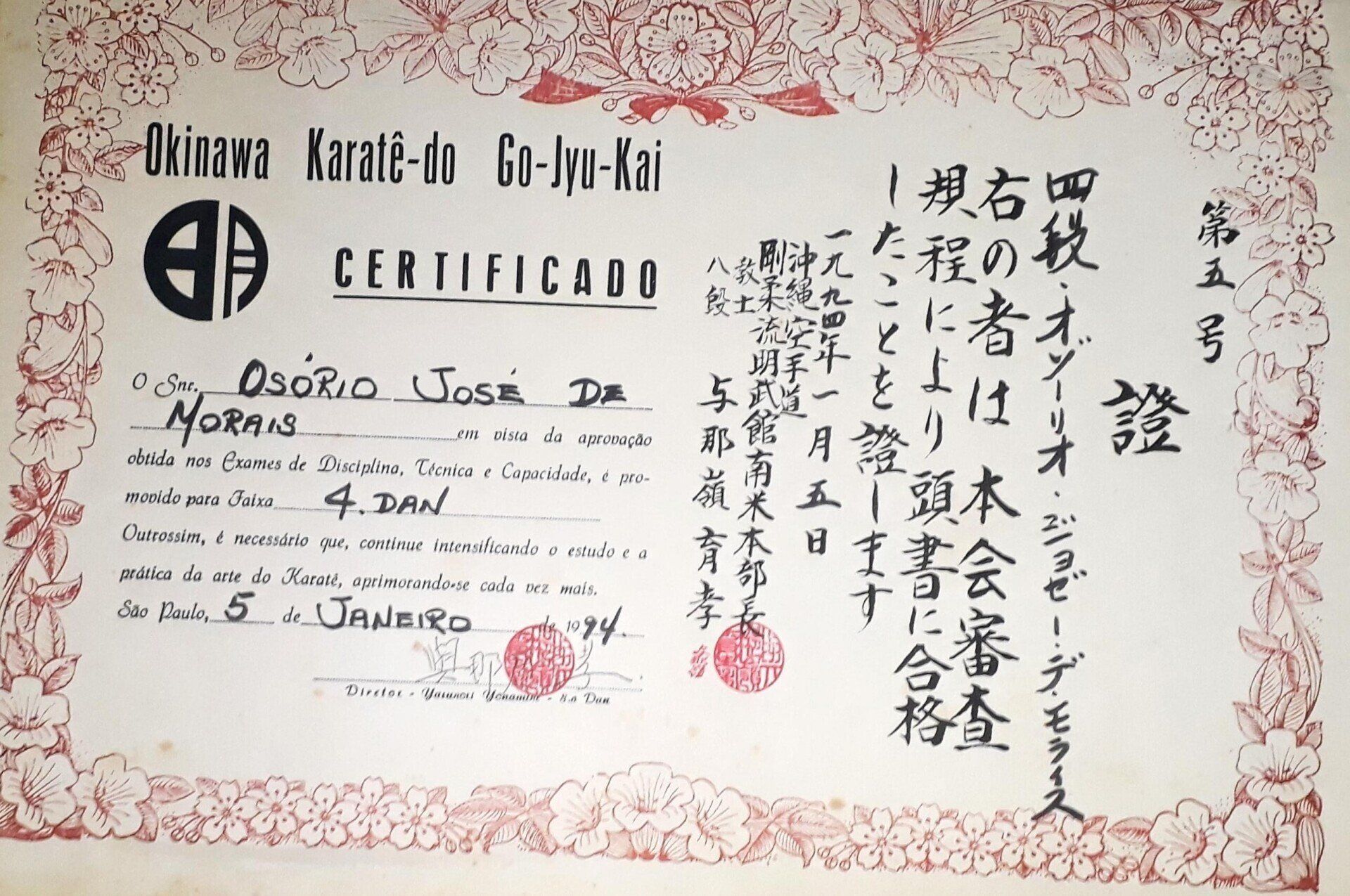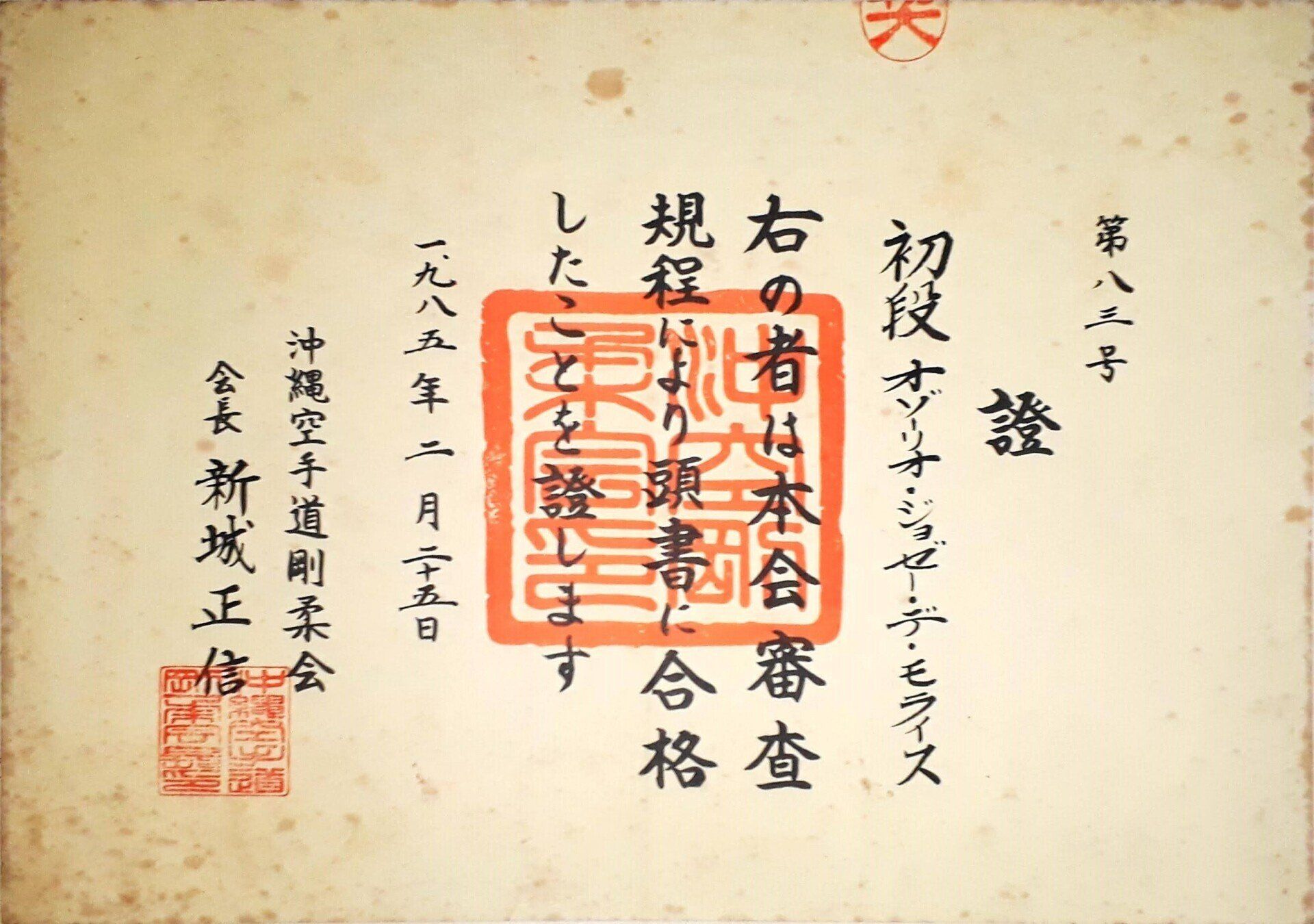STANDARDIZED WORK IN THE "SENSEI" VIEW
The Standard Work can be applied following the philosophy of Martial Arts in its learning as the Path, the Repetitions of movements, the Preparation of the Body, the Emotional Control and the Discipline that covers all the stages of the Karate-do Practice and Learning Process, being them:
1. RESPECT: This means humbly greeting the "SENSEI" and fellow practitioners (Kohais), following their teachings and guidance.
2. WARM-UP: This is applied at the beginning of training. It is necessary to warm up the body with specific stretching exercises before entering the next stage, which is practicing the martial art movements. This accustoms the body to supporting the strength movements and repetitions of positions (dachi), which are required without training.
3. KIHON: These are the basic positional movements used to accustom the body to attack and defense movements; punches (tsukis), kicks (geris), and defenses (ukes) in specific positions (dachis), depending on the style practiced. In the case of Goju-Ryu, "Sanchin," "Zenkutsu," "Kokutsu," "Shikodachi," and Neko-achi, with attacks and defenses at the height of the head, body, and lower parts, varying positions and doing repetitions to accustom the practice of self-defense. KIHON means "the essential basics," that which underpins the martial art and must be practiced in every training session with standard discipline.
4. KATAS: These are simulated fighting movements, with attacks and defenses, whose objective is to shape the fighting style with Control, Speed and adequate Safety.
5. RENSOKU-YAKUSOKU: Combined attacks and defenses for fighting, applied in a frontal, lateral, or diagonal line, to stimulate the Karateka's perception and accustom them to applying their knowledge (Bunkai).
6. KAKOMI KUMITE: Complete application of the basic katas (in the four directions of the body), applying and practicing defenses and attacks as a group. Here, the body must be prepared to withstand impacts on the arms, legs, and hips.
7. KUMITE: Applying fighting knowledge, involving the use of the hands, can be done in the "Shiai" (a sport with rules) or "Jyu" (traditional free form), but in this case, it can be dangerous if uncontrolled.
Naturally, the "SENSEI" must control the intensity and seniority of his students, which are necessary to avoid violence or excesses. This prevents injuries, animosity, and especially lack of emotional control and disrespect for others, whether in the dojo or outside it. The following rules must always be followed: 1) Mutual Respect; 2) Karate is for Self-Defense; "do not attack and do not allow yourself to be attacked." 3) Karate is learned through Practice and Discipline in the pursuit of Seniority; 4) Always practice Karate with these rules in mind.
The practice of the Philosophy of Martial Arts eliminates stress, improves emotional control, enhances discipline, and, above all, fosters simplicity and respect for everything and everyone; this leads to Excellence for a Better Life!





